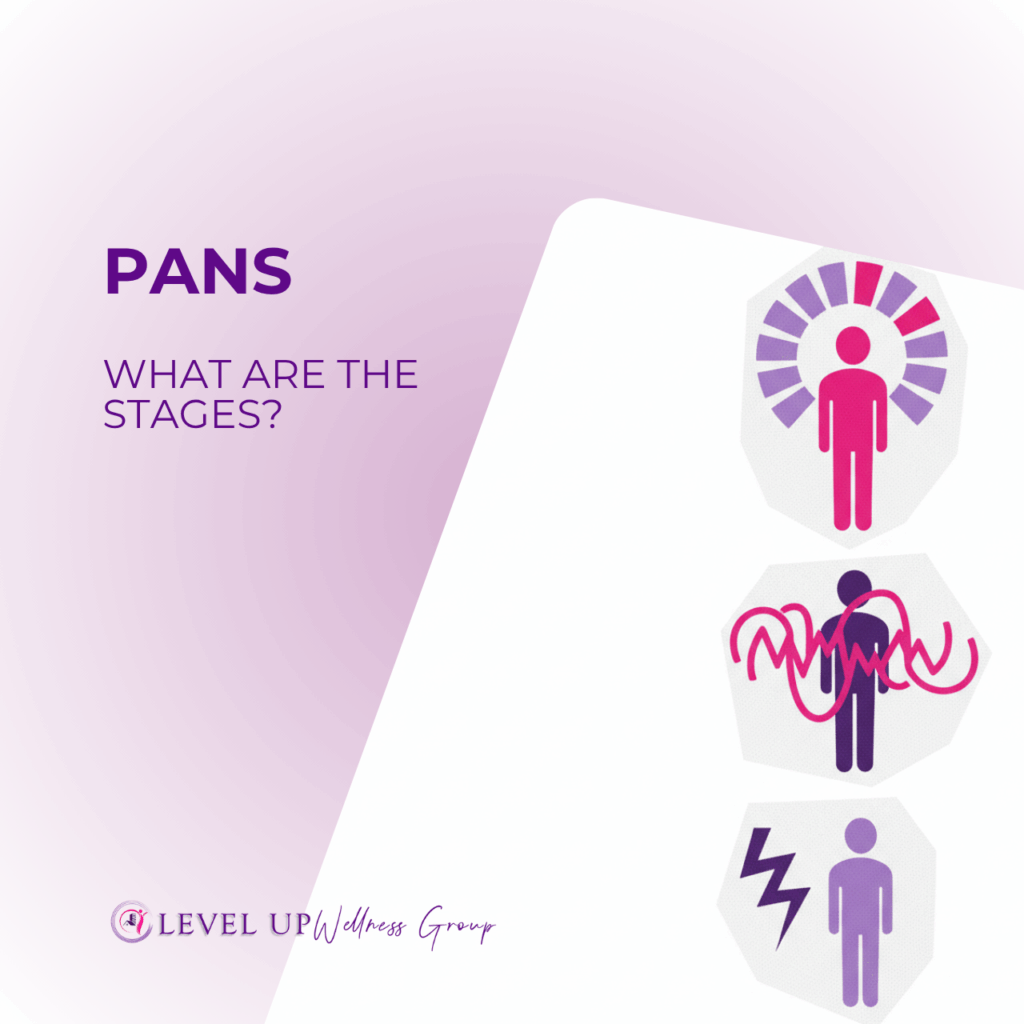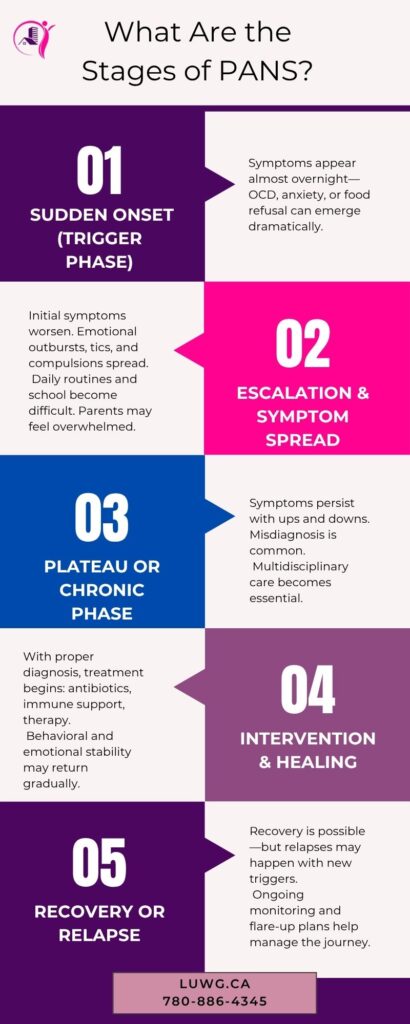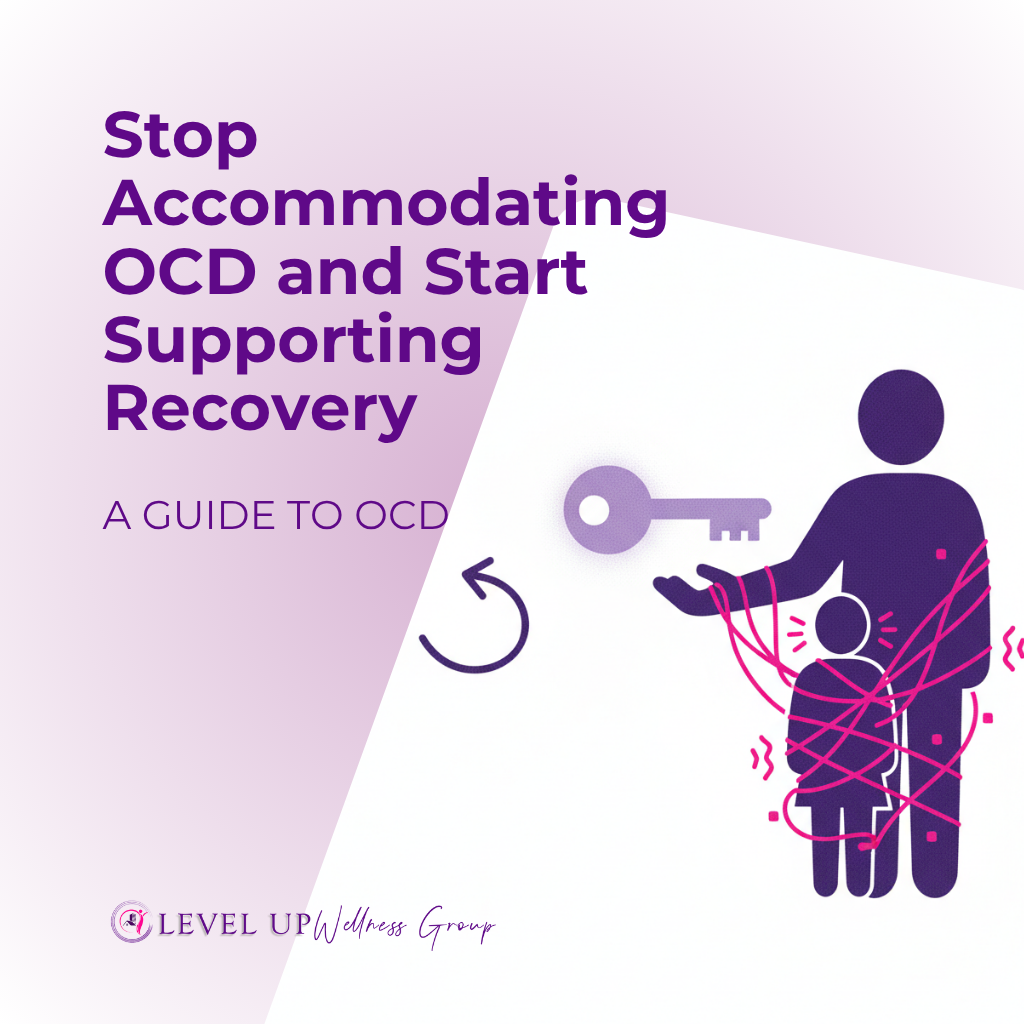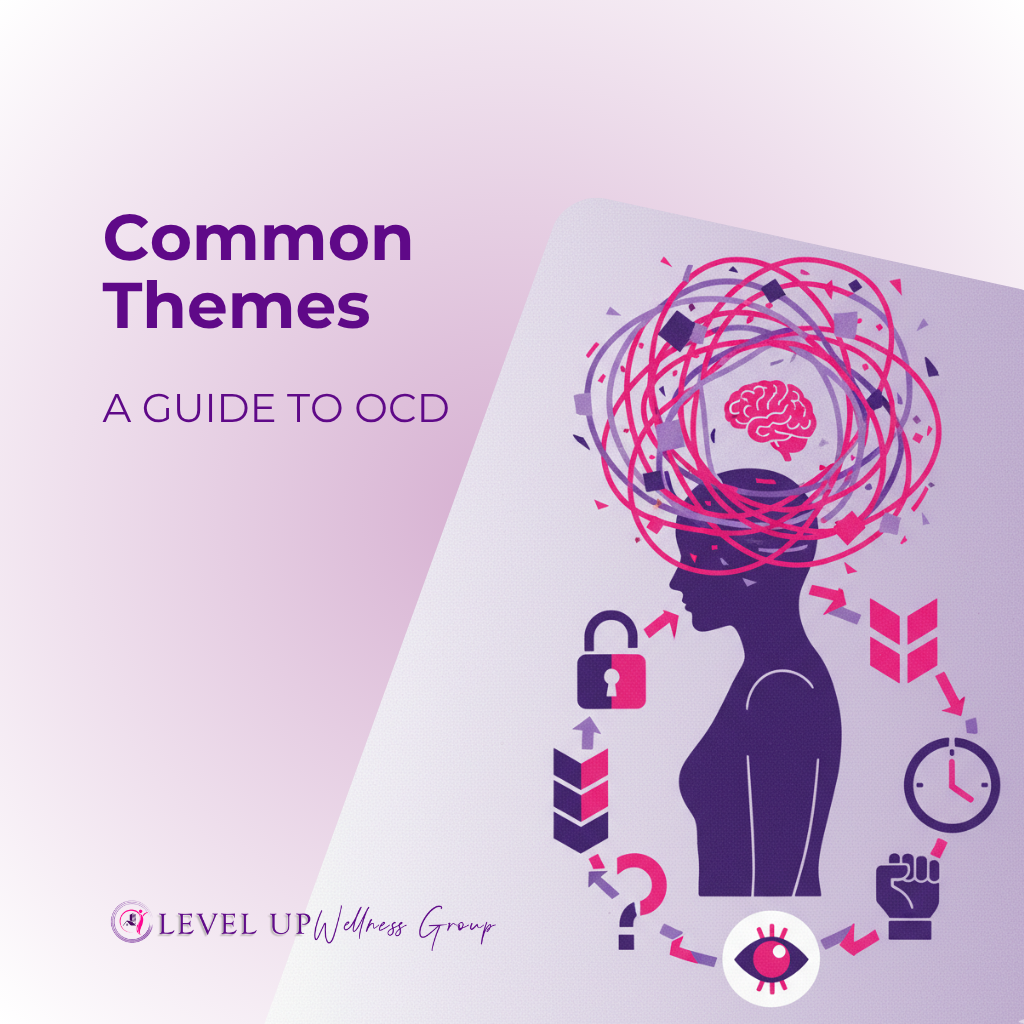
Understanding PANS: A Comprehensive Overview
Pediatric Acute-onset Neuropsychiatric Syndrome (PANS) is a clinical diagnosis characterized by the sudden onset of obsessive-compulsive symptoms and/or severe eating restrictions, accompanied by a variety of other cognitive, behavioral, and neurological symptoms. While the name may be unfamiliar to many, the impact of PANS on children and families is profound. One of the most challenging aspects of managing PANS is understanding its stages and how it presents over time.
In this article, we explore the stages of PANS, how symptoms evolve, and what caregivers can expect. We also offer practical tips and answers to frequently asked questions to help families better navigate the complexities of this condition.
What Is PANS?
PANS is not a singular illness but a collection of symptoms that suddenly appear in a previously healthy child. It is thought to be triggered by infections (like streptococcus), environmental factors, or metabolic or immune dysregulation. While the condition is still being studied, it shares similarities with Pediatric Autoimmune Neuropsychiatric Disorders Associated with Streptococcal infections (PANDAS), which is considered a subset of PANS.
Core Symptoms of PANS
To be diagnosed with PANS, a child must exhibit a sudden, acute onset of obsessive-compulsive behaviors or restrictive eating, along with at least two of the following:
- Anxiety (especially separation anxiety)
- Emotional lability or depression
- Irritability, aggression, or severe oppositional behaviors
- Regression (in behavior or academics)
- Sudden deterioration in handwriting or motor skills
- Sensory or motor abnormalities
- Sleep disturbances
- Urinary frequency or bedwetting

Stages of PANS
Understanding the progression of PANS can be crucial for early detection and management. While not all children follow the same path, most cases of PANS can be understood through the following stages:
Stage 1: Sudden Onset (Trigger Phase)
- What happens: Symptoms appear almost overnight. A child may go to bed acting normally and wake up with severe OCD, tics, or eating restrictions.
- Possible triggers: Strep infection, viral illnesses, environmental toxins, mold exposure, or immune dysregulation.
- Typical signs: Severe anxiety, obsessive behaviours, refusal to eat, mood swings, sudden personality changes.
Stage 2: Escalation and Symptom Spread
- What happens: Initial symptoms become more intense and additional symptoms begin to appear.
- Common behaviors: Emotional outbursts, panic attacks, motor tics, sensory sensitivities, compulsive rituals, or fears.
- Impact: Children may struggle with school, friendships, and daily routines. Parents may feel overwhelmed and unsure how to respond.
Stage 3: Plateau or Chronic Phase
- What happens: Symptoms persist and may become more ingrained. The child may have good days and bad days, but overall the condition remains unresolved.
- Possible complications: Misdiagnosis with psychiatric disorders like anxiety, depression, or OCD. Children may undergo multiple assessments.
- Challenges: Treatment becomes more complex. The child may require multidisciplinary care, including immune support, therapy, and medication.
Stage 4: Intervention and Healing Phase
- What happens: Once correctly diagnosed, targeted treatments are initiated.
- Treatment approaches: Antibiotics (if an infection is present), anti-inflammatories, immunotherapy, psychiatric care, dietary interventions, and therapy.
- Progress: With consistent support, many children begin to show improvements. Emotional and behavioral stability begins to return.
Stage 5: Recovery or Relapse
- What happens: Many children experience significant recovery, though flare-ups are common.
- Triggers for relapse: New infections, stress, allergens, or immune activation.
- Focus: Long-term monitoring and support. Relapse management plans are often necessary.
PANS vs. PANDAS: What’s the Difference?
While PANS and PANDAS share similar symptoms and treatment approaches, they differ primarily in their triggers:
- PANDAS is specifically linked to Group A Streptococcal infections.
- PANS can be triggered by various factors, including non-strep infections, metabolic issues, or environmental factors.
In both cases, the response is thought to involve immune system dysregulation that impacts the brain.
Supporting a Child Through PANS
Caring for a child with PANS is emotionally and physically demanding. Here are some strategies that can make a difference:
- Document symptoms: Keeping a daily journal can help track patterns, identify triggers, and provide useful information for your healthcare provider.
- Find a supportive care team: PANS is best managed with a team approach including a pediatrician, neurologist, immunologist, and therapist.
- Prioritize emotional support: PANS can be traumatic for the child and family. Consider family therapy or parent support groups.
- Modify routines: During flare-ups, reduce stress and accommodate school expectations when needed.
- Nutrition and lifestyle: Anti-inflammatory diets, adequate sleep, and exercise can support overall healing
Frequently Asked Questions (FAQ)
How is PANS diagnosed?
There is no single test for PANS. Diagnosis is clinical and based on the sudden onset of symptoms. Physicians may run lab tests to rule out infections, autoimmune markers, or inflammation.
Is PANS a mental health disorder?
No. While PANS affects mental and emotional functioning, it is considered a medical condition with neuroimmune origins. That said, psychiatric support is essential in managing the symptoms.
Can children recover fully from PANS?
Yes, many children experience significant improvement with the right combination of medical and psychological support. However, some may have lingering symptoms or experience periodic flare-ups.
What treatments are effective for PANS?
Treatment often includes a combination of antibiotics (if infection is present), anti-inflammatory medications, immune therapy, cognitive behavioral therapy (CBT), and nutritional support.
What’s the best way to manage a relapse?
Create a flare-up plan with your care team. This may involve restarting medications, adding anti-inflammatories, or temporarily increasing therapeutic support.
Is PANS genetic?
There’s ongoing research into genetic predispositions, but it is not considered a purely genetic disorder. Immune and environmental factors play a significant role.
How can schools support children with PANS?
Schools can provide accommodations such as reduced workload, extra time, rest periods, or modified attendance policies. Open communication between caregivers, healthcare providers, and school staff is key.
Final Thoughts: Hope Through Understanding
PANS is a complex and often misunderstood condition, but increased awareness, early intervention, and comprehensive treatment can significantly improve outcomes. Understanding the stages of PANS empowers families and professionals to respond with compassion and appropriate care.
At Level Up Wellness Group (LUWG), we’re committed to supporting children and families facing neurodevelopmental challenges. Whether you need assessment
You’re not alone—and your child’s story isn’t over. Let’s walk the path to healing together. support, therapy, or holistic interventions, our team is here to help you navigate every step of the journey.




